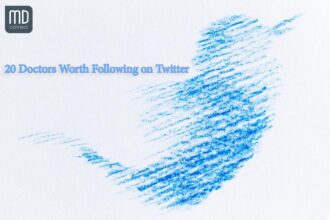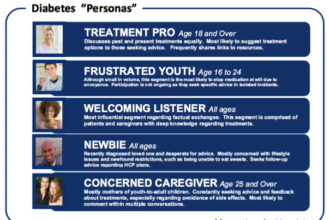You’ve had a busy Monday morning, checking in on your patients and assuaging their families’ concerns; now, finally, it’s time for lunch. As you stand at the salad bar, you pull your handy-dandy bullhorn out of your back pocket. Then, in front of a cafeteria full of your co-workers, hospital administration, other patients and anyone else within earshot, you proclaim, “I can’t wait for this day to end! These patients at Northwest Hospital are so needy today!”
You’ve had a busy Monday morning, checking in on your patients and assuaging their families’ concerns; now, finally, it’s time for lunch. As you stand at the salad bar, you pull your handy-dandy bullhorn out of your back pocket. Then, in front of a cafeteria full of your co-workers, hospital administration, other patients and anyone else within earshot, you proclaim, “I can’t wait for this day to end! These patients at Northwest Hospital are so needy today!”
You would never do that, of course (especially because we don’t live in Bugs Bunny’s cartoon world, where bullhorns are pocket-sized). However, if, while you’re waiting for the chickpeas, you whip out your smartphone and type the very same message, tagging Northwest Hospital, you’ve pretty much done the same thing. By tagging Northwest (to tag, you add the @ symbol in front of a name or place), you’re linking your message to Northwest Hospital’s main Facebook page for everyone (including your boss) to see. You can also tag people and places on Twitter and your blog.
Tagging isn’t always a bad thing; it’s an easy way of sharing your enthusiasm and celebrating a friend’s, family member’s or co-worker’s achievements. That said, it’s important to remember that what goes out on the Web, stays on the Web. If you wouldn’t wear it on a sandwich board, you might not want it as a status. “Everything on the Web, in email or text message, is discoverable or can be shared,” explains Sara Stark, senior employee and labor relations consultant for LifeBridge Health. “Generally, we’re seeing more regular situations with employees who share information either with other employees, a family member or on a social site, and then they regret the action.”
Let five letters be your guide before you click “post”: HIPPA. The Health Insurance Portability and Accountability Act protects patient privacy. In essence, if the person you’ve written about could recognize himself or herself in your newsfeed, you’ve got a problem. Though you may not be sharing patient names, you’re still disclosing their identities.
You may want to tell everyone who follows you on Twitter that “I just treated the young man who ran the Baltimore Marathon and collapsed as he crossed the finish line,” but you’re violating his right to privacy. Think about how you would feel if this hypothetical young man was your brother or your son: You certainly wouldn’t want the Greater Baltimore area (and beyond) rubbernecking at his really scary, deeply personal moment.
Even sharing patient information with a non-employee can boomerang around to clock you in the head. An offhand comment to a gossipy pal may very well end up going viral (and not in a way you can treat!). “It’s important to keep in mind that nothing is safe once it’s on the web,” Sara says.
If you approach social media with a healthy dose of caution and an ample dash of kindness, the World Wide Web can become the Wide Wonderful Web. LifeBridge Health doesn’t limit employee access to social media; we want to engage with you in fun, uplifting ways. Use those 140 characters to talk about how appreciative the residents at Levindale are; let your status message sing the praises of your team at Courtland Gardens. If you’re jazzed about the LifeBridge Health Gala, shout it from the (virtual) rooftops.
It’s a trite but true saying that you get back what you put out into the world. If you put forth positivity, whether you’re standing over a bedside or logging into Facebook, you’ll be rewarded.
-Betsy Haley






